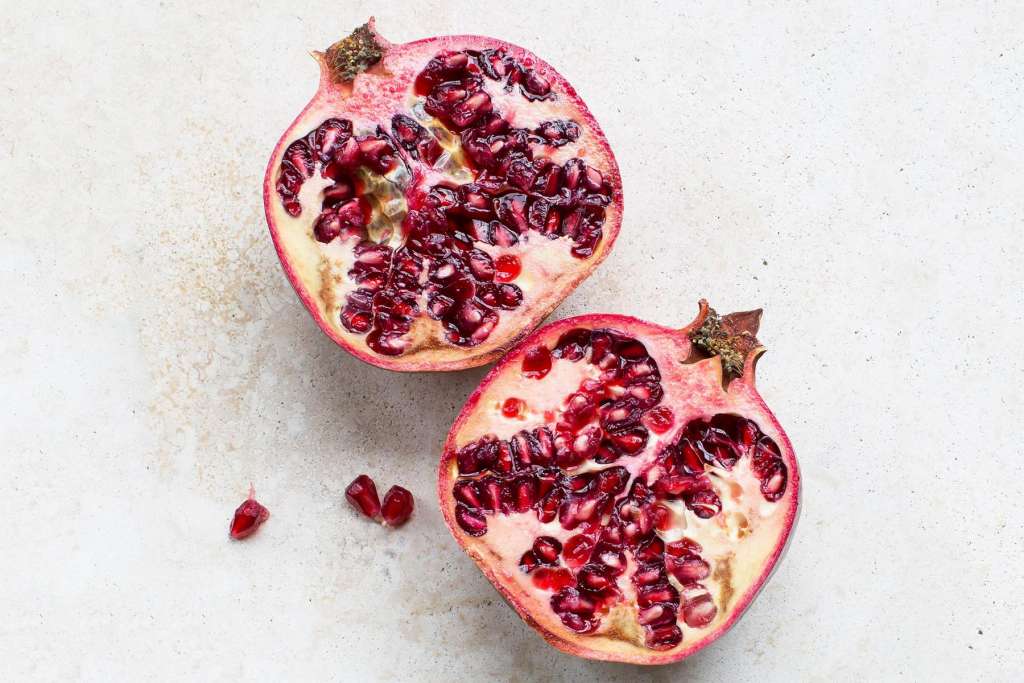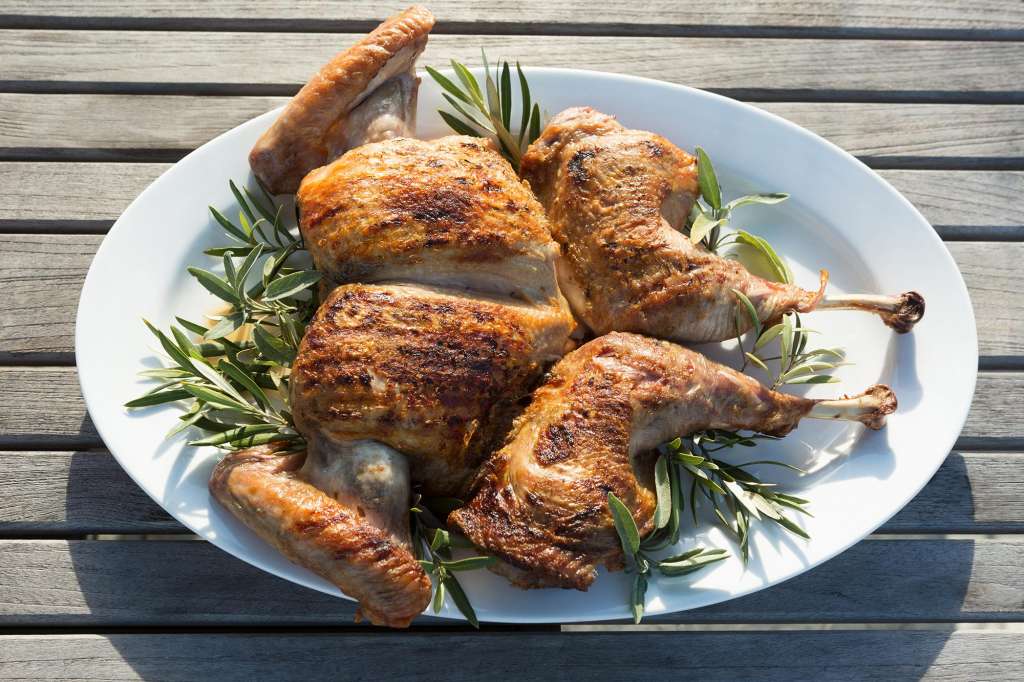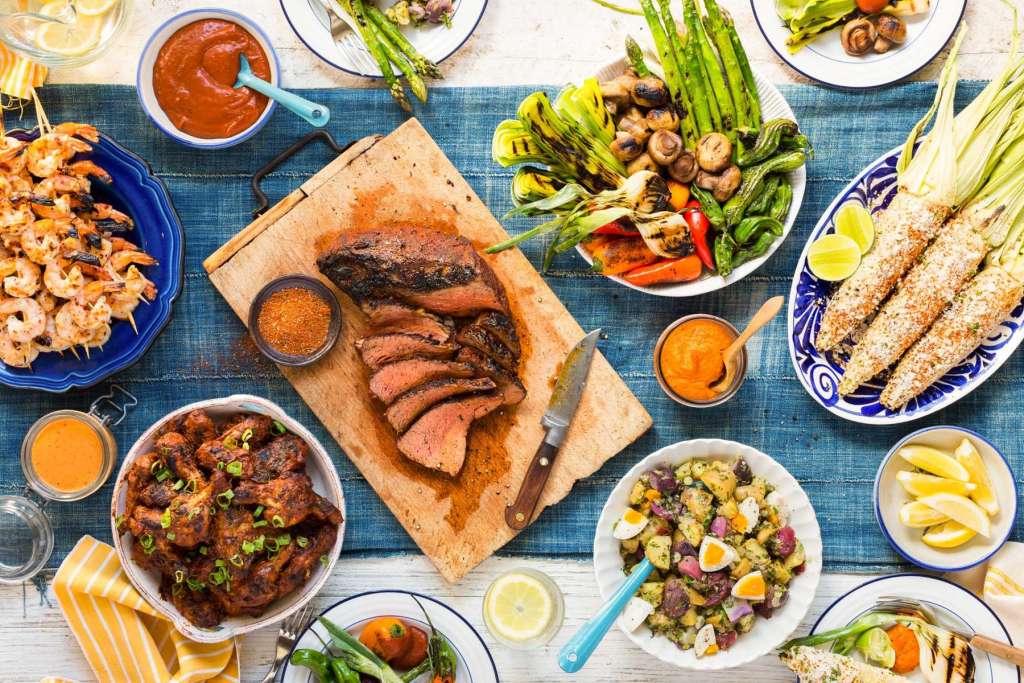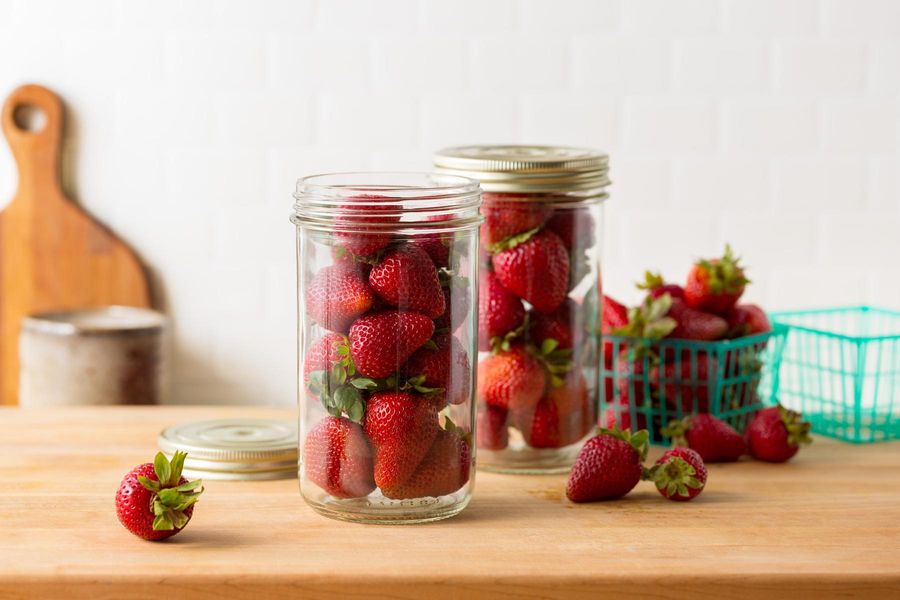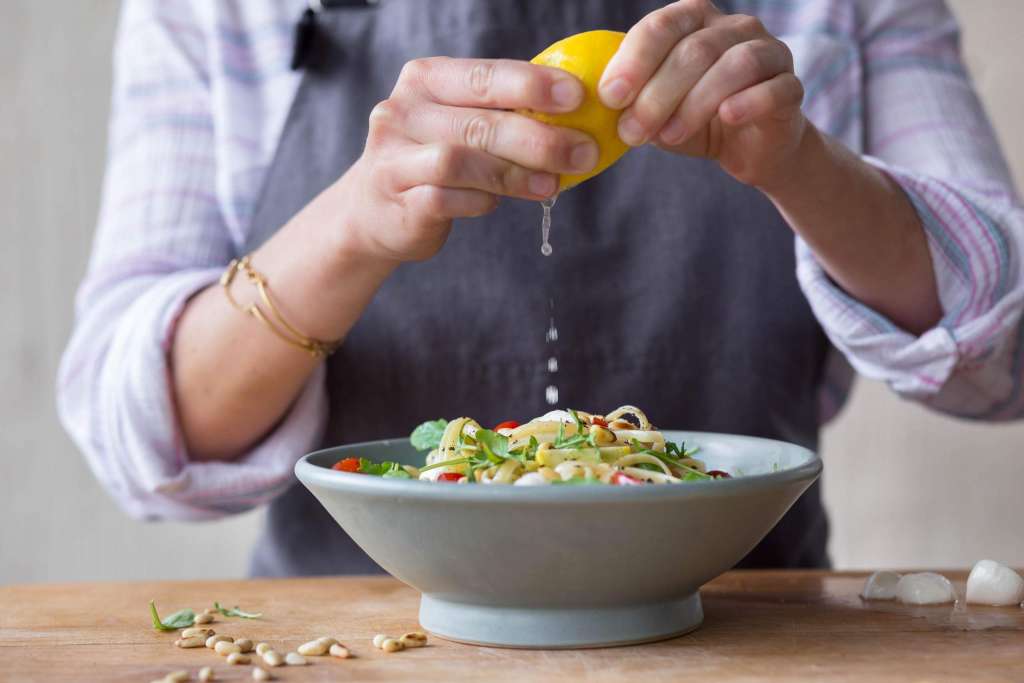A User’s Guide to Yuca

Yuca may be new to you, but it’s one of the most widely consumed carbohydrates in the world, ranking third just after rice and corn in terms of its popularity. It’s rich in nutrients including magnesium, potassium, calcium, vitamin C, and various B vitamins, and is one of the few carbohydrates approved for paleo diets. Across South and Central America, tropical regions of Africa, Southeast Asia, and Southern India, the gnarly root is a staple that goes by many names—singkong in Bangalore, mihogo in Mozambique, kappa in Chennai. In Brazil, it’s known as mandioca, and this week we’re offering it as an accompaniment to our Grilled Chicken and Summer Vegetables with Yuca Mash and Chimichurri.
Yuca (never yucca, which is an unrelated ornamental plant) can look intimidating, but it’s simple to prepare and has a surprisingly delicious nutty flavor. Peeling the root can be messy. It typically comes with a wax coating (something one unsuspecting cook we know learned the hard way when she tried to roast a whole yuca with the peel intact.) The one thing that you do need to keep in mind is that yuca is a pure starch and should be treated with a light touch. Go gently when you mash it. It should be coarse, not baby-food smooth. Watch our video to see how it’s done.

